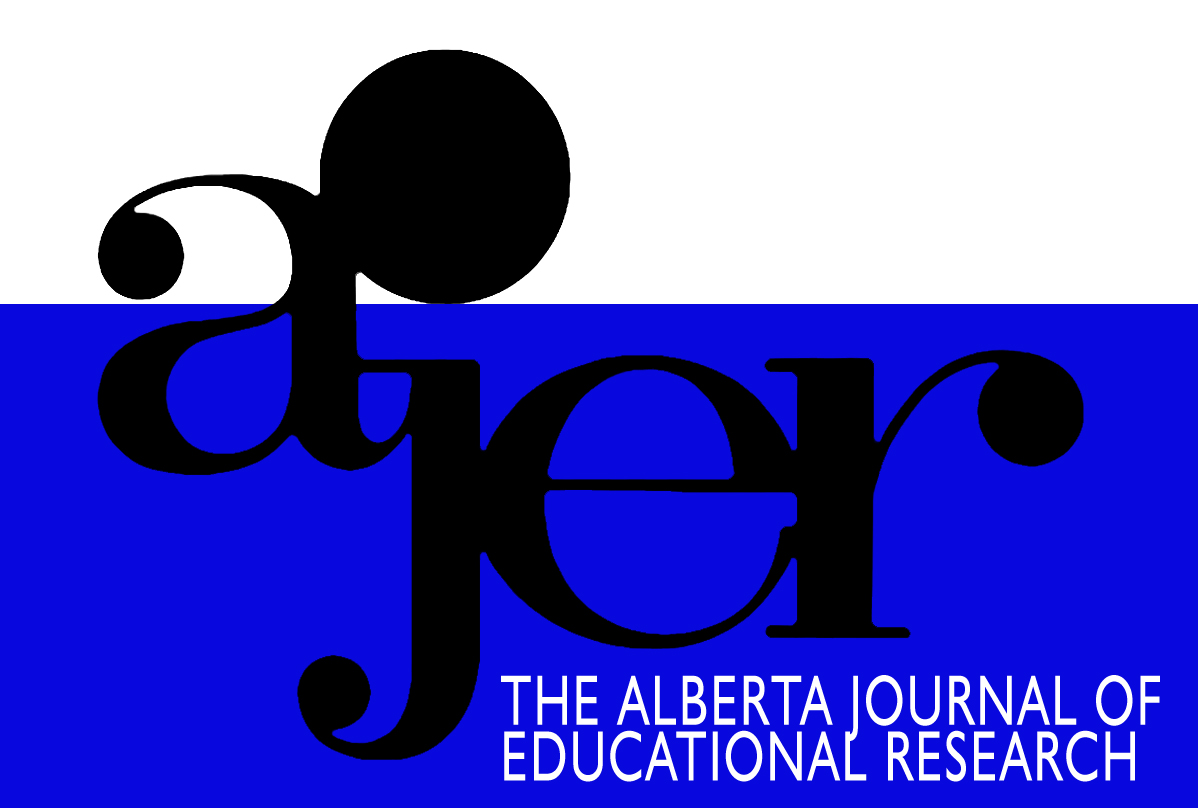A Procedure for Detecting Student Profile Patterns in a Performance Assessment
DOI:
https://doi.org/10.55016/ojs/ajer.v45i4.54710Abstract
This study investigates student score profiles of the mathematics component of the 1997 Ontario grade 3 assessment. In addition to an overall score, students are given scores on three knowledge or skill dimensions, and five scores on content strands. The purpose of this investigation was threefold: (a) to assess the extent to which student profiles contain differentially diagnostic information, (b) to examine classroom-level patterns in the student profiles, and (c) to develop alternative methods of analyzing profile data to gain classroom-level diagnostic information. The results show that 70% of the students have the same score on all three knowledge/skill categories (flat profiles) and thus provide no differentially diagnostic information. The profiles for the remaining 30% of the students consisted almost exclusively of contoured profiles in which there was a difference of only one unit between one of the categories and the other two. Using algorithms developed in this article, these profiles were used to assess the relative strengths and weaknesses at the classroom level, as well as examining within-classroom diversity. This investigation found that nearly 60% of classrooms had a relative weakness in comprehension, and 25% of classrooms displayed substantial diversity. Examination of profiles of the five content strands indicated that nearly 69% of the students also had either flat or contoured profiles, whereas the remainder had more complex patterns. Methodologies for interpreting relative strengths and weaknesses on the mathematics strands at the student and the classroom level are discussed.Downloads
Downloads
Published
How to Cite
Issue
Section
License
UNIVERSITY OF ALBERTA COPYRIGHT LICENSE AND PUBLICATION AGREEMENT
If accepted, authors will be asked to sign a copyright agreement with the following points:
A. Where there is any inconsistency between this Copyright License and Publication Agreement and any other document or agreement in relation to the same subject matter, the terms of this Agreement shall govern.
B. This document sets out the rights you are granting in relation to publication of your article, book review, or research note entitled (the “Article”) through inclusion in the academic journal titled Alberta Journal of Educational Research (the “Journal”) published through the Faculty of Education, representing the Governors of the University of Alberta (the “Journal Editor”).
C. There will be no payment to you for this publication and grant of rights. In consideration of the agreement to publish the Article in the Journal:
1. You are warranting that:
- the content of the Article is your original work, and its content does not contain any material infringing the copyright of others; or, where the Article is not entirely your original work, you have obtained all necessary permissions in writing to grant the rights you are giving in this agreement;
- the content of the Article does not contain any material that is defamatory of, or violates the privacy rights of, or discloses the confidential information of, any other person;
- the Article has not been published elsewhere in whole or in part, and you will not allow publication of the Article elsewhere without the consent of the Journal Editor;
- the names of all co-authors and contributors to the Article are:
2. You agree to license the copyright in the Article to the Journal Editor, on a worldwide, perpetual, royalty free basis; and to the extent required by the terms of this agreement. You shall retain the right at all times to be acknowledged as the/an author of the Article.
3. You further agree that the Journal Editor has the entitlement to deal with the Article as the Journal Editor sees fit, and including in the following manner;
- The right to print, publish, market, communicate and distribute the Article and the Journal, in this and any subsequent editions, in all media (including electronic media), in all languages, and in all territories, ing the full term of copyright, and including any form of the Article separated from the Journal, such as in a database, abstract, offprint, translation or otherwise, and to authorize third parties to do so;
- The right to register copyright of the Journal;
- The right to edit the Article, to conform to editorial policy as the Journal Editor sees fit.
4. If any co-author or contributor to the Article does not sign this agreement, the Journal Editor reserves the right to refuse to publish the Article.



